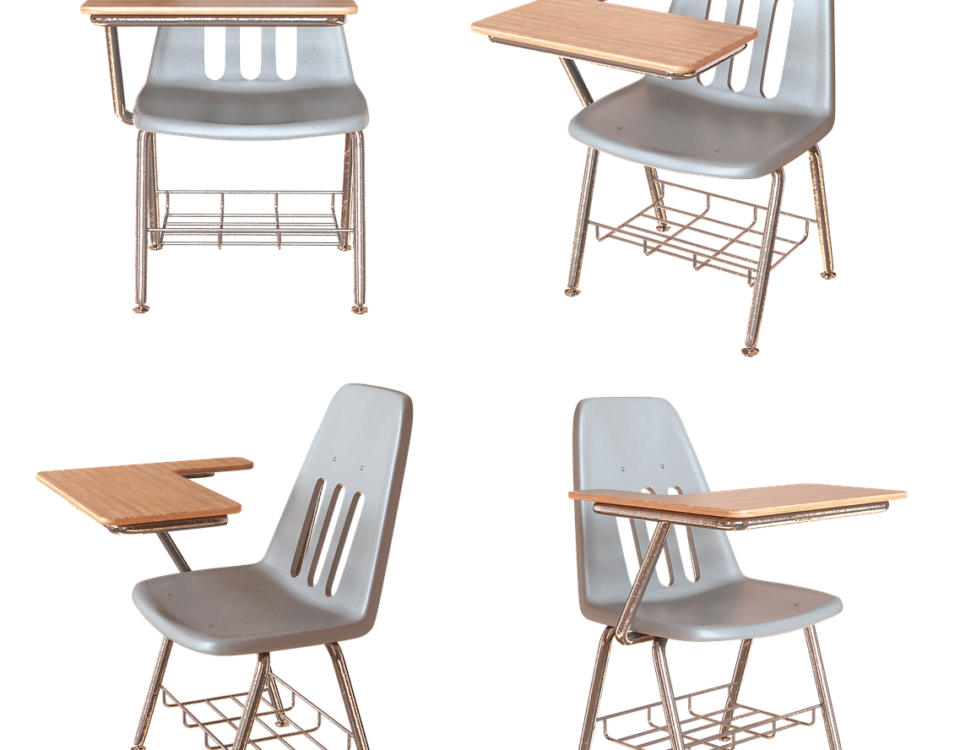Photocuring Rapid Prototyping Materials

Characteristics of Photocuring Rapid Prototyping Technology
February 12, 2025
Composition of Photopolymer Resins
February 12, 2025Photocuring rapid prototyping materials are primarily liquid photopolymer resins, also known as liquid photosensitive resins. With the continuous advancement of photocuring prototyping technology, various resins with unique properties have been developed, such as low or zero shrinkage, minimal deformation, no need for secondary curing, and high strength.
1. Classification of Photocuring Rapid Prototyping Materials
Photocuring materials are a combination of both traditional and innovative materials. Compared to other curing materials, photocuring materials offer several distinct advantages:
- Fast Curing
Photocuring materials can cure in just a few seconds, making them suitable for applications that require rapid solidification. - No Heating Required
Unlike some traditional materials, photocuring resins do not require heating during the curing process. This feature is particularly beneficial for sensitive plastics, optical components, and electronic parts that cannot withstand high temperatures. - Solvent-Free Products
The use of solvents in other materials presents environmental challenges and regulatory hurdles. Photocuring materials can be formulated without solvents, reducing these concerns significantly. - Energy Efficiency
The efficiency of the various light sources used in photocuring systems is much higher than that of conventional ovens, thus saving energy. - Single-Component Materials
Photocuring materials typically do not require complex mixing or configurations. They also have a long shelf life, which contributes to their ease of use and storage. - Automation and Increased Production Efficiency
Photocuring processes are highly suitable for automation. This enables a higher level of production automation, enhancing both efficiency and cost-effectiveness.
2. Types of Photocuring Resins
Photocuring resins consist mainly of oligomers, reactive diluents, and photoinitiators. Depending on the photoinitiator’s activation mechanism, photocuring resins can be divided into three types: free radical photopolymer resins, cationic photopolymer resins, and hybrid photopolymer resins.
1) Free Radical Photopolymer Resins
These resins are the most commonly used in photocuring and are divided into three main categories:
- Epoxy Acrylate: These materials have fast polymerization speeds and produce prototypes with high strength. However, they are quite brittle and prone to yellowing over time.
- Polyester Acrylate: These materials are characterized by good leveling properties and solid curing performance, with adjustable properties to meet specific requirements.
- Polyurethane Acrylate: Known for generating prototypes with good flexibility and wear resistance, polyurethane acrylates cure at a slower rate compared to the other types.
Dilutants used in these resins can be either multifunctional monomers or monofunctional monomers. Additionally, conventional additives like stabilizers, UV stabilizers, defoamers, leveling agents, photoinitiators, and natural pigments are often used to enhance the resin’s properties. Among these, stabilizers are especially critical as they ensure the liquid resin maintains its integrity during storage.
2) Cationic Photopolymer Resins
The primary components of cationic photopolymer resins are epoxy compounds. Cationic resins typically use low-molecular-weight epoxies and vinyl ethers as reactive diluents. The benefits of cationic resins include:
- Low Shrinkage: Cationic resins shrink less during curing compared to free radical resins. For example, the shrinkage rate of epoxy resin is typically 2-3%, while that of acrylate resins is 5-7%.
- High Accuracy: Prototypes made with cationic resins maintain better dimensional stability.
- Active Polymerization: Cationic resins can continue polymerizing after the light source is turned off, which is not the case with free radical resins.
- Oxygen Resistance: Unlike free radical resins, cationic resins are not affected by oxygen, allowing for more consistent curing in open environments.
- Low Viscosity: Cationic resins generally have lower viscosity, making them easier to process.
- High Strength: The cured product has higher strength, making it suitable for structural applications like injection molds.
3) Hybrid Photopolymer Resins
Hybrid photopolymer resins combine the benefits of both free radical and cationic systems, offering a range of advantages that have made them increasingly popular in recent years:
- Minimal Shrinkage or Even Expansion: Hybrid resins can be designed to achieve zero shrinkage or even slight expansion, unlike free radical systems which always exhibit noticeable shrinkage. This is particularly useful in applications where dimensional accuracy is crucial.
- Stable Polymerization: Hybrid systems provide stable polymerization rates, even when the system contains basic impurities that can otherwise prolong the induction period in cationic resins.
- Post-Polymerization After Light Source is Turned Off: A key advantage of hybrid systems is that they can continue polymerizing even after the light source has been turned off, overcoming the limitation of free radical systems, which tend to lose their polymerization ability once the light is no longer applied.
Conclusion
The development of photocuring rapid prototyping materials has greatly enhanced the capabilities of 3D printing and other prototyping techniques. These materials offer numerous benefits, such as fast curing, energy efficiency, and minimal environmental impact. Free radical, cationic, and hybrid resins each have their own unique properties that cater to different application needs, making them versatile for a wide range of industries. As research continues to improve these materials, we can expect even more advanced properties and capabilities in the future, further driving the adoption of photocuring technologies in the prototyping and manufacturing sectors.


